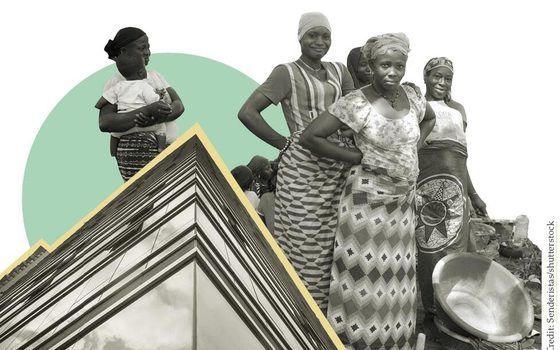Visits to parks down by 28% in the poorest local authorities
Over 8 million adults have been deterred from going out to parks and green spaces during lockdown.
12 May 2020
During lockdown, the poorest local authorities have seen a 28% reduction in visits to parks, while in the local authorities with the highest incomes there has been no change in park visits, according to new analysis from the New Economics Foundation (NEF) out today.
Government data shows that only 34.5% of the population reported visiting a park or public green space in the past seven days. NEF analysis shows this means at least 8 million fewer adults are accessing parks and green space compared to the 2018 average. If we adjust for those who are self-isolating and unable to go out, over 5 million adults have been deterred from going to parks and green spaces due to the crisis. But in the poorest 20 local authorities, the number of people visiting parks is 28 percentage points lower than in the 20 local authorities with highest incomes, where there has been no change in park use at all.
The analysis from NEF finds that:
- Only 34.5% of the population report visiting a park or public green space in the past week, compared to 50% pre-pandemic.
- Adjusting for those who are self-isolating and unable to go out, 5 million adults have been deterred from going to parks and green spaces due to the crisis.
- According to NEF analysis of Google mobility data, the 20 local authorities with the lowest incomes show an average 28 percentage point reduction in park use compared to pre-pandemic, while the 20 local authorities with the highest incomes show no change.
Access to green space is generally associated with reduced mental stress and increased life satisfaction. Previous NEF research, along with the What Works Centre for Wellbeing, has found that access to green space can reduce differences in wellbeing between richer and poorer groups. Ipsos Mori research suggest that one in five people are concerned about mental illness related to not being able to go outside.
The government lockdown still advises the public to enjoy nature and exercise outside once a day. But NEF research suggests that the impacts of these restrictions have unequal impacts on richer and poorer people. It finds that households with higher income generally have more access to parks and green space but, despite this, it is in the poorest local authorities where people have been deterred from accessing parks.
Alex Chapman, researcher at the New Economics Foundation said:
“At the headline level, these figures indicate that the UK public are rightly being cautious during the lockdown. However, they can also be seen as a failure on the part of government to provide safe access to green space in a time of social distancing.
“It isn’t a substitute for addressing the stresses of poor housing, job insecurity and financial hardship, but we know that access to green space improves mental health. If green space is not accessible to all, it will make things even worse.
“We need government to release more accurate data show which areas don’t have enough access to public green space, alongside policies to open up private green spaces, like golf courses and private school grounds for public use as well.”
Notes
The full analysis, Parks are for Everyone, can be found at https://neweconomics.org/2020/05/parks-are-for-everyone
NEF research on wellbeing inequality, with the What Works Centre for Wellbeing, can be found at https://whatworkswellbeing.org/resources/drivers-of-wellbeing-inequality/
Ipsos Mori research on the mental wellbeing of Coronavirus can be found at
https://www.ipsos.com/ipsos-mori/en-uk/Covid-19-and-mental-wellbeing
The baseline for the data provided by Google is January 3 to February 6 2020. Google’s decision to use this as a baseline (the mid-winter months) likely results in a lesser degree of change than if the data had been compared against data from April in a previous year. The 28% reduction in the use of parks compared to the baseline period includes national parks, public beaches, marinas, dog parks, plazas and public gardens.
The figure of 5 million adults deterred from visiting parks adjusts for those who did not leave the house due to self-isolating in the past seven days, according to figure published in the ONS release “Coronavirus and the social impacts on Great Britain”.
Topics Housing & land Inequality Wellbeing






